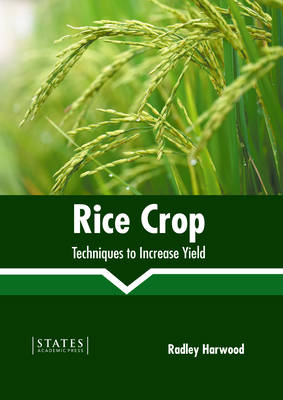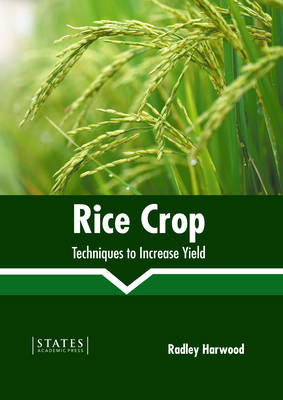
- Afhalen na 1 uur in een winkel met voorraad
- Gratis thuislevering in België vanaf € 30
- Ruim aanbod met 7 miljoen producten
- Afhalen na 1 uur in een winkel met voorraad
- Gratis thuislevering in België vanaf € 30
- Ruim aanbod met 7 miljoen producten
Zoeken
Rice Crop: Techniques to Increase Yield
Hardcover | Engels
€ 250,95
+ 501 punten
Omschrijving
Rice is a monocot which is grown as an annual plant in most parts of the world. Rice is the seed of oryza sativa grass species. It can be grown in a variety of soils which have low permeability and are free of water logging. The average rainfall required for its cultivation lies between 100 and 200 cm. Rice is a rich source of thiamine, niacin, iron, riboflavin and calcium. Rice growing ecosystems can be broadly categorized into upland rice ecosystem, rainfed lowland rice ecosystem, irrigated rice ecosystem and flood prone rice ecosystem. This book is a compilation of chapters that discuss the most vital concepts and emerging trends in the field of rice crop. From theories to research to practical applications, case studies related to all contemporary topics of relevance to this field have been included herein. This book is a vital tool for all researching or studying rice crop as it gives incredible insights into the different methods to increase yield.
Specificaties
Betrokkenen
- Uitgeverij:
Inhoud
- Aantal bladzijden:
- 234
- Taal:
- Engels
Eigenschappen
- Productcode (EAN):
- 9781639894727
- Verschijningsdatum:
- 27/09/2022
- Uitvoering:
- Hardcover
- Formaat:
- Genaaid
- Afmetingen:
- 203 mm x 276 mm
- Gewicht:
- 780 g

Alleen bij Standaard Boekhandel
+ 501 punten op je klantenkaart van Standaard Boekhandel
Beoordelingen
We publiceren alleen reviews die voldoen aan de voorwaarden voor reviews. Bekijk onze voorwaarden voor reviews.









